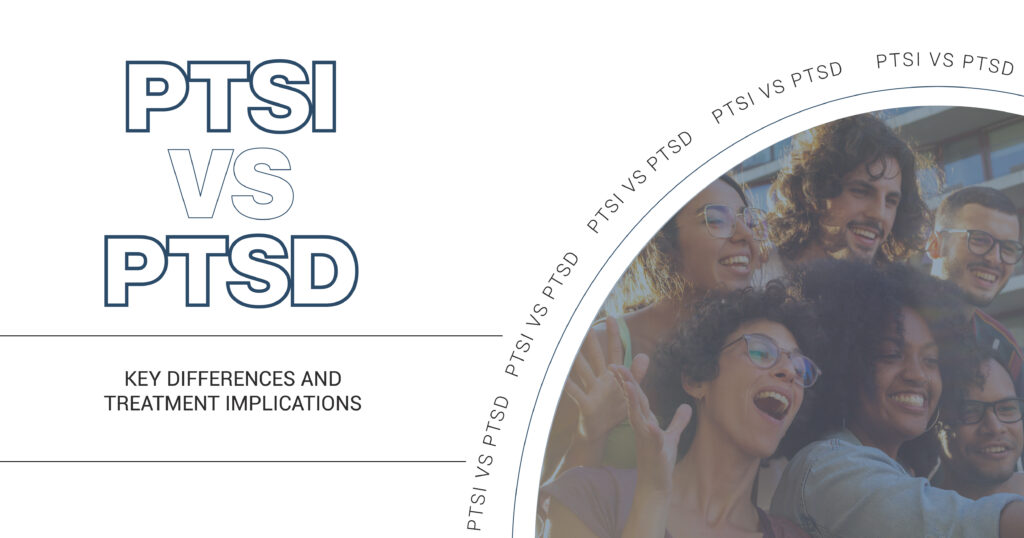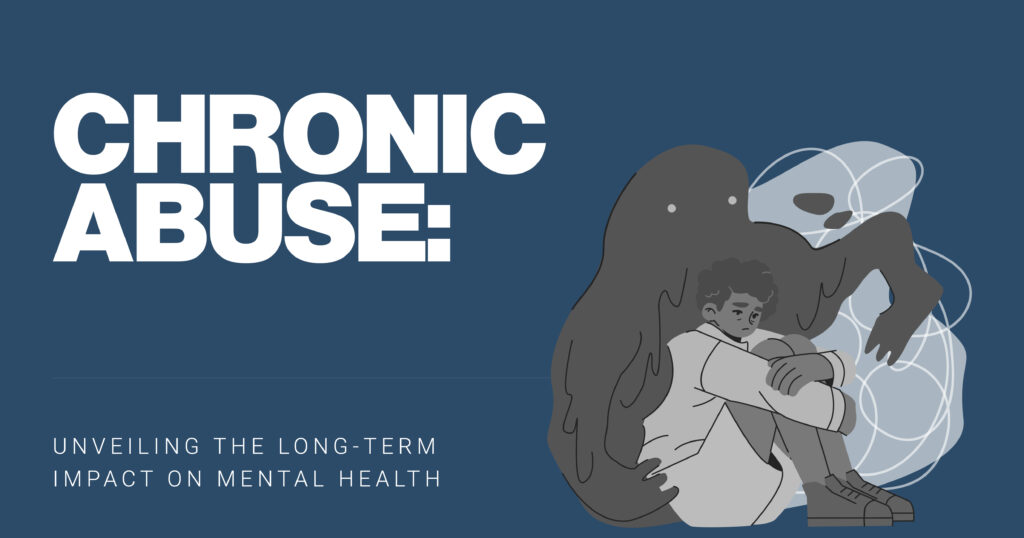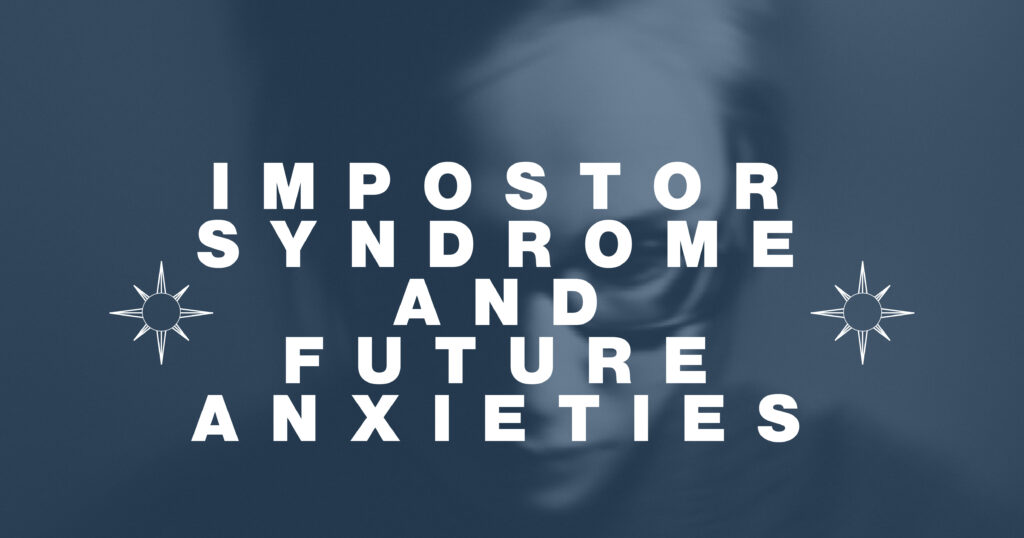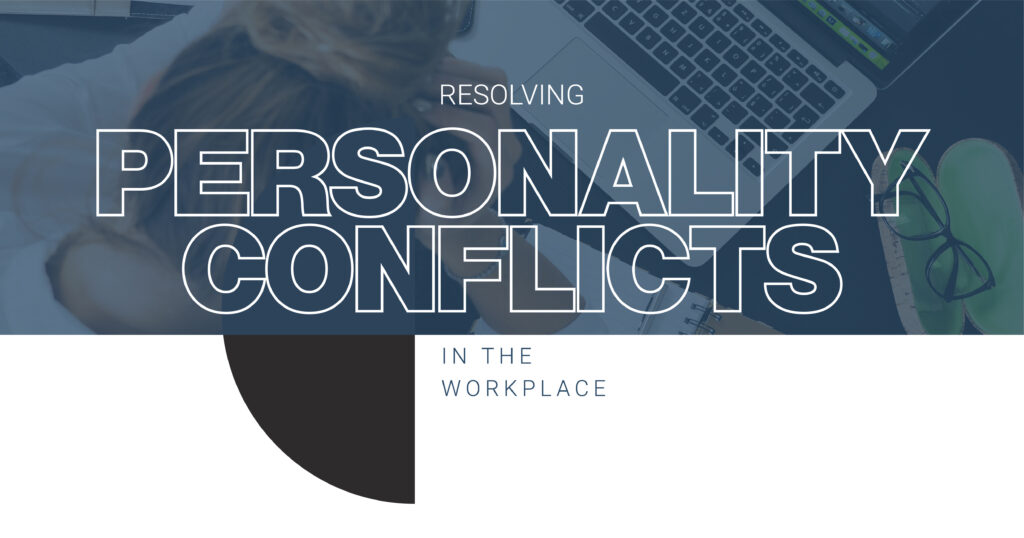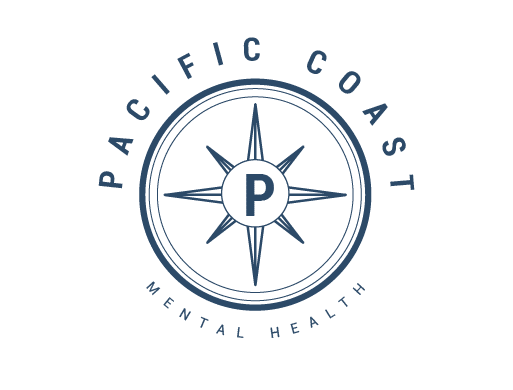The meanings behind PTSI and PTSD may differ, and these terms’ implications for patients and treatment approaches will vary. Understanding these differences is essential, not just for those seeking help but also for clinicians, researchers, and the public, as we continue to learn more about trauma’s effects.
In exploring these topics in this blog post, we will discuss the significant differences between PTSI and PTSD, their symptomatology, diagnostic criteria, and the treatment options available, as well as some common questions asked about these two terms.
Understanding PTSD and PTSI
Before getting into the differences between PTSI and PTSD, it’s essential first to understand what these terms mean and how they’ve evolved.
What Is PTSD?
Post-Traumatic Stress Disorder, also known as PTSD, is a condition related to mental health. It occurs in one person after experiencing some trauma or violence, or even sometimes seeing someone going through some extreme troubles. Possible people going through a lot of stress and anxiety will experience these things.
PTSD is known to be associated chiefly with veterans of the military. However, it can happen to anyone who has faced severe trauma, survivors of a car accident, natural disasters, acts of violence, and abuse during childhood. It has broad recognition and has been appropriately defined in the Diagnostic and Statistical Manual of Mental Disorders (DSM-5), which gives the criteria for diagnosis.
What Is PTSI?
PTSI is known as a Post-Traumatic Stress Injury. It is a word becoming more familiar in connection with trauma-related mental well-being issues. While PTSD has become a “disorder,” people diagnosed with PTSI insist upon viewing the injury as damage from trauma rather than a permanent disorder. This is also a way of reducing the stigma surrounding trauma and its related effects, which can heal as time proceeds, much like any other injury.
This is especially well-liked in military communities and first responders, where a little more open acknowledgment of this condition occurs. PTSI emphasizes recovery and healing, as opposed to the clinical and sometimes stigmatizing connotation of “disorder.” It is a much newer concept, not yet included in every diagnostic manual, but it will provide a hopeful avenue for healing from trauma.
PTSI Vs. PTSD
What exactly is the distinction between PTSI and PTSD? In essence, both focus on mental health caused by trauma. However, PTSI is assumed to be a derisive term that identifies but mostly stigmatizes healing. During medical and psychological discussions, PTSD stands as the more commonly employed phrase.
The critical difference lies in the framing. PTSD is often perceived as something that is difficult to treat and stays with one for life. PTSI means trauma as something that one can work through and heal. Such differences in point of view have grave consequences for treatment approaches and how individuals are perceived and treated in society.
Key Differences Between PTSI and PTSD
Although PTSI and PTSD are often understood to mean the same thing, they do have several significant differences. From their definitions to their symptoms, the two conditions embody unique aspects that are essential to know for any trauma-afflicted person.
Defining PTSD and PTSI: Common Misconceptions
Among the most widespread misconceptions is that PTSI and PTSD are the same. They are similar in symptoms, but their underlying meanings differ. PTSD can be said to be a mental disorder, whereas PTSI can be defined as the fact that an injury has occurred due to trauma but indicates that the injury can heal through proper treatment.
If such distinctions could be understood, then the stigma would be reduced, and people would even be encouraged to seek help. When trauma is defined as an injury, it becomes very clear that recovery is possible through proper support, essentially opening up a window for recovery.
How PTSD and PTSI Affect Mental and Physical Health
Both conditions, namely PTSD and PTSI, severely damage one’s mental and physical health, yet the infliction of these harms is viewed quite differently according to the terms used.
PTSD implies chronic mental health issues involving depression, anxiety, and substance use disorders, whereas PTSI may be viewed as a temporary injury that can heal with time.
Anxiety, depression, and difficulty with emotional regulation characterize the psychological consequences of PTSD and PTSI. However, PTSI suggests possible healing and recovery and will subject the individual to lesser stigmas and more hopefulness regarding the future.
Diagnostic Criteria: PTSD vs. PTSI
The diagnostic criteria for PTSD exist in the DSM-5 and seem to include symptoms such as intrusion memories, avoidance of trauma-related triggers, negative moods, and hyperarousal.
Although the symptoms largely overlap with those of PTSD, there is no formal diagnostic entry for PTSI in the DSM-5. The defining difference in the diagnosis of PTSI vs. PTSD is that it tends to have an injury component focusing on trauma and has a more optimistic expectation of recovery.
Symptoms: How PTSD and PTSI Manifest Differently
The symptoms of PTSD might be similar to those of PTSI, and they usually manifest differently in their perception and management. Symptoms of PTSD include flashbacks, nightmares, and emotional detachment.
At the same time, PTSI primarily manifests itself through more physical effects of trauma, such as chronic pain or the experience of fatigue and difficulties in physical recovery.
The main difference is the point of view on healing, where PTSI suggests that trauma is an injury capable of healing with proper treatment. At the same time, PTSD often comes with implications of being a lifetime diagnosis.
Exploring the Symptoms of PTSD and PTSI
To gain an understanding of these two conditions and search for the proper treatments for them, it becomes vital to know the symptoms of both PTSD and PTSI. Understandably, symptoms may vary widely between individuals, as well as the severity of trauma experienced.
Emotional and Behavioral Symptoms of PTSD
Common emotional and behavioral symptoms include:
- Flashbacks and haunting memories of a traumatic event.
- Nightmares and difficulties with sleep.
- A hyper-alert state where you feel constantly on edge.
- Difficulties in concentration.
- Numbness and emotional detachment.
These symptoms can be catastrophic in an individual’s life, creating problems in relationships, workplaces, and quality of life overall.
Symptoms of PTSI: How They Differ From PTSD
The symptoms of PTSI are similar to those of PTSD, but they may also include a focus on physical pain and chronic health issues. For example, individuals with PTSI may experience:
- Chronic pain that cannot be attributed to a specific injury.
- Exhaustion and physical fatigue.
- Difficulty recovering physically from trauma, such as difficulty healing from an accident or injury.
- Emotional distress that may manifest physically.
PTSI tends to frame these physical symptoms as part of the trauma, which contrasts with PTSD, where emotional symptoms take center stage.
Overlapping Symptoms: Identifying PTSD and PTSI in Adults and Children
PTSI and PTSD have clear overlaps. So, sufferers, both young and old, demonstrate many similar symptoms, like flashbacks, nightmares, and numbness from emotions. They differ in the perception and interventions done to them. Most are inclined to consider PTSI as an injury that gets healed, unlike PTSD, which is viewed as a long-term management disorder.
PTSI Treatment Vs. PTSD Treatment
There may be similarities as well as differences present in approaches for the treatment of PTSI vs. PTSD. Trauma-informed care is essential in both cases, although differences may arise in their treatment since they could refer to the condition by different terminologies.
Approaches to Treating PTSD: Therapy and Medications
PTSD treatment typically involves therapy and medication. Common approaches include:
- Cognitive Behavioral Therapy (CBT). This therapy helps individuals process trauma and reframe negative thought patterns.
- EMDR. Eye Movement Desensitization and Reprocessing is a specialized form of therapy aimed at reducing the distress associated with trauma.
- Medication. Antidepressants and antianxiety medications are often used to help manage symptoms.
PTSI Treatment: Effective Methods for Recovery
PTSI treatment emphasizes healing and recovery, often focusing on restoring mind and body balance. Common treatments include:
| Trauma-Informed Therapy | This approach acknowledges the individual’s trauma and focuses on building resilience and strength. |
| Somatic Therapy | This focuses on the body’s response to trauma and helps individuals reconnect with their physical self. |
| Mindfulness and Meditation | These techniques help individuals manage stress and physical symptoms of trauma. |
The Role of Trauma-Informed Care in PTSD and PTSI Treatment
Trauma-informed care matters for PTSD and PTSI patients. The understanding that people grow up with trauma that reaches into everyone’s lives makes it possible for them to join the treatment in a way that does not re-traumatize. This care model is built on safety, trust, and empowerment, making recovery more leisurely and less stigmatized.
Medications and Therapy: Tailoring Treatment to the Individual
There is no way that two different individuals experience the same trauma, so treatment must be tailored to the needs of each individual. For patients suffering from PTSI vs. PTSD, this may mean a different approach to medication therapy modalities or the addition of new techniques, such as neurofeedback or acupuncture, to help manage symptoms.
Call to Action:
If you or someone you know is struggling with PTSI or PTSD, it’s essential to seek professional help. Whether you’re looking for PTSI treatment or PTSD therapy, our team is here to support you through your recovery. Contact us today to start your healing journey.
FAQs
What’s PTSD Stand For?
PTSD stands for Post-Traumatic Stress Disorder, and it is a condition of mental health that sometimes develops after having gone through or having witnessed a horrifying experience.
What Is PTSI?
A newer term called PTSI, or Post-Traumatic Stress Injury, refers specifically to trauma-related mental health issues in which trauma is portrayed as an injury that heals with time.
Is PTSD the Same as PTSI? Key Points to Consider
PTSD is considered to be a disorder, while PTSI regards recovery from trauma as an injury rather than a permanent condition. The term PTSI is the next in line of a steadily growing movement to reclassify trauma from a disorder that characterizes a person’s entire life into an injury that can heal.
What’s PTSD Called Now? The Evolution of Terminology
The term PTSI is part of a growing movement to reframe trauma as an injury that can heal, rather than a disorder that defines a person’s life.
What Is PTSI Treatment?
PTSI treatment focuses on healing the trauma through a combination of therapeutic approaches, including somatic therapy, mindfulness, and trauma-informed care.





